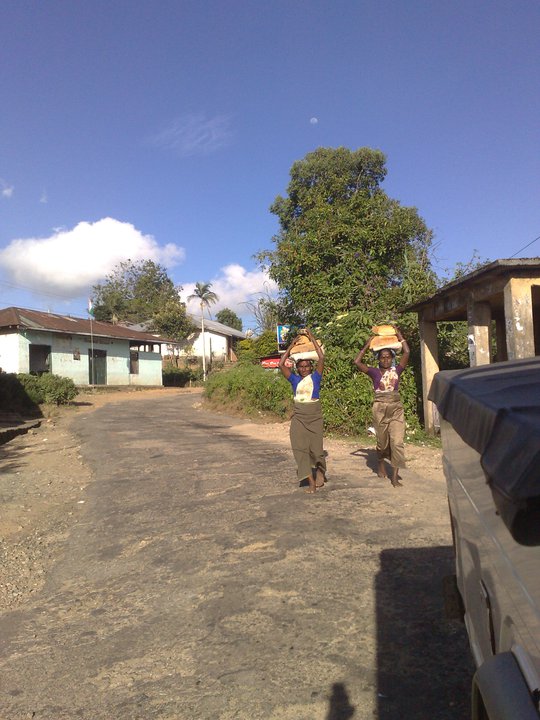A Brief Colonial History Of Ceylon(SriLanka)
Sri Lanka: One Island Two Nations
A Brief Colonial History Of Ceylon(SriLanka)
Sri Lanka: One Island Two Nations
(Full Story)
Search This Blog
Back to 500BC.
==========================
Thiranjala Weerasinghe sj.- One Island Two Nations
?????????????????????????????????????????????????Friday, April 28, 2017
Indian Plantation Workers Overseas: Introduction & Malaya

By Charles Ponnuthurai Sarvan –April 27, 2017
Recently, as a result of articles relating to Professor C. Suntharalingam,
there has been mention of the Plantation workers. As a student of
Literature, my interest has not been in broad, impersonal, happenings
but, rather, on ordinary folk who experience and endure history; not on
law-makers but on those at the receiving end of laws and statutory
changes: as Thomas Paine urged in his Rights of Man, governments
(and people) must be taught humanity. The approach here is primarily
through literary texts. Most of what I have written on the Plantation
workers is collected in my Sri Lanka: Literary Essays & Sketches from
which the following essay is taken. At the request of the Editors, the
article has been broken up into three parts. Readers are reminded of the
Marxist phrase, “commodity fetishism”. For example, pictures of
tea-leaves being plucked almost invariably show women smiling brightly,
in bright sunshine, wearing bright clothes, healthy and happy. Poverty
and wretchedness can excite contempt rather than compassion and
conscience.
“We have taken
Too little care of this.”
(King Lear 111. iv.32-33)
The slave trade in Africans is perhaps the worst blot on recorded human
history, given (a) the trade’s duration, (b) the numbers involved and,
above all, (c) its appallingly cruel nature. The effects of the trade
persist in various forms into the present, not least in the presence and
experience of Africans now native to the United States and the
Caribbean. Ironically, the trade has been enabling in that it has
generated numerous studies, autobiographies, memoirs and fictional
works, the last not only by Africans (Toni Morrison, Caryl Phillips and
others) but also by non-Africans: for example, Barry Unsworth’s ‘Sacred Hunger’, Graeme Rigby’s ‘The Black Cook’s Historian’ and the Indo-Guyanese-British writer, David Dabydeen’s ‘A Harlot’s Progress’ (See, Sarvan, ‘Paradigms of the Slave Trade in Two British Novels’, International Fiction Review, vol. 23, 1996.)

The exodus of Indians, voluntary or otherwise, to labour on British
plantations under the indenture system, some heading East to Malaya and
further to Fiji, others West through the Suez Canal (opened 1869) to the
distant Caribbean, was a newer form of slavery, but it has not drawn
the attention of researchers nor inspired writers as much as the “trade”
in Africans has done. This article examines some of the available work.
I regret I have been unable to trace primary material from Mauritius,
but I am sure others will fill in this, and other, gaps. The title
specifies, “Indian” because many Chinese also went, or were taken, as
coolies; “plantation” because Indians who slaved other than on estates
were also derogatorily known as “coolies” – don’t visit Colombo harbour,
for it is full of sweaty, smelly coolies (see Part 3, ‘Works Cited’:
Carl Muller 1993, 19) – and “overseas” because “coolie” exploitation
featured within India too: see ‘Works Cited’ for Mulk Raj Anand). Why
the indentured labourers themselves haven’t left a substantial body of
literature is not difficult to understand: most were illiterate, work
was exhausting, housing squalid and they were segregated, trapped within
the confines, physical and mental, of the plantation. No doubt, there
were songs expressing their suffering and their longings; their yearning
for a distant home made attractive by immediate misery, by time and
distance, but these songs appear not to have been translated into
English. I fear most are lost even in their original languages.
Historically, the African Slave trade and the system of indenture are
linked in that it was the emancipation of the slaves in the nineteenth
century that made Britain look to its teeming Indian possession for
replacement labour. As with Africans, the descendants of Indian
“coolies” now form part of the population of certain countries, leading,
in some cases to racial attacks: Guyana in the early 1960s and Sri
Lanka ever since independence in 1948 with the departure of the British
who had introduced Indian labour into the Island. “In 1964, a few years
before independence, racial clashes took place on an unprecedented
scale… [For example] at Wismar… hundreds of East Indian residents were
attacked and killed. The men and children were locked up in their houses
which were then set afire. The women and young girls were raped,
mutilated and then dumped in the river to die” (David Dabydeen, ‘Slave Song’ 1986:
46). To cite recent examples, the year 2000 saw increased tension in
Mauritius between Indians and “Creoles”; parliament in Fiji was stormed
and its Indian Prime Minister taken hostage by Fijian “nationalists”;
and in November (so-called) “Indian Tamils” in Sri Lanka were attacked
in various towns and four youths held in a rehabilitation centre,
murdered by a mob which was allowed entry and incited by the security
forces, the latter being drawn almost entirely from the majority group.
In short, the effects of the British indenture system persist: indenture
is not ‘history’ in the popular sense of being over and done with.


